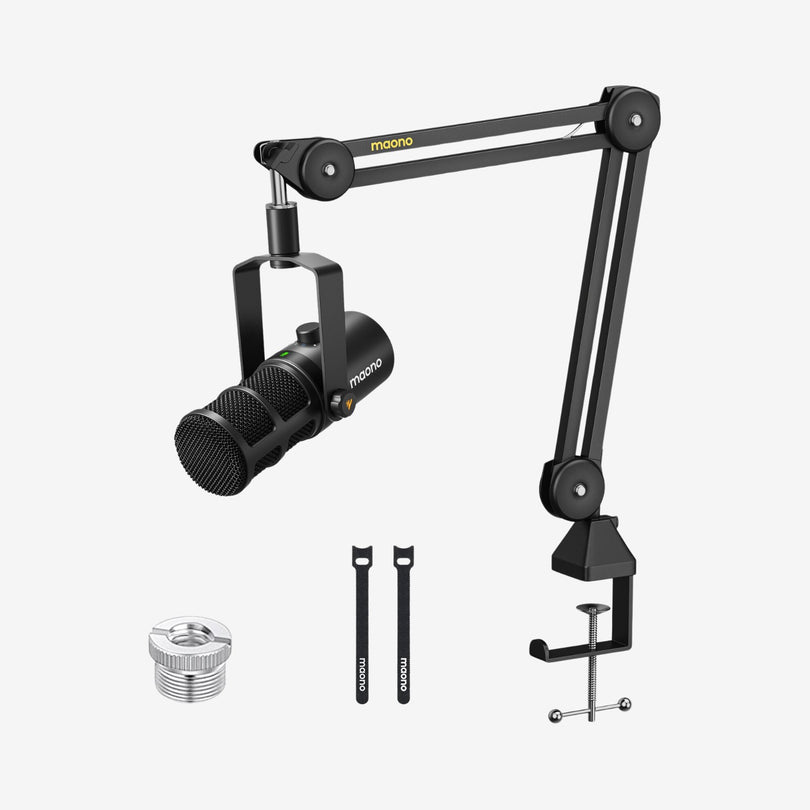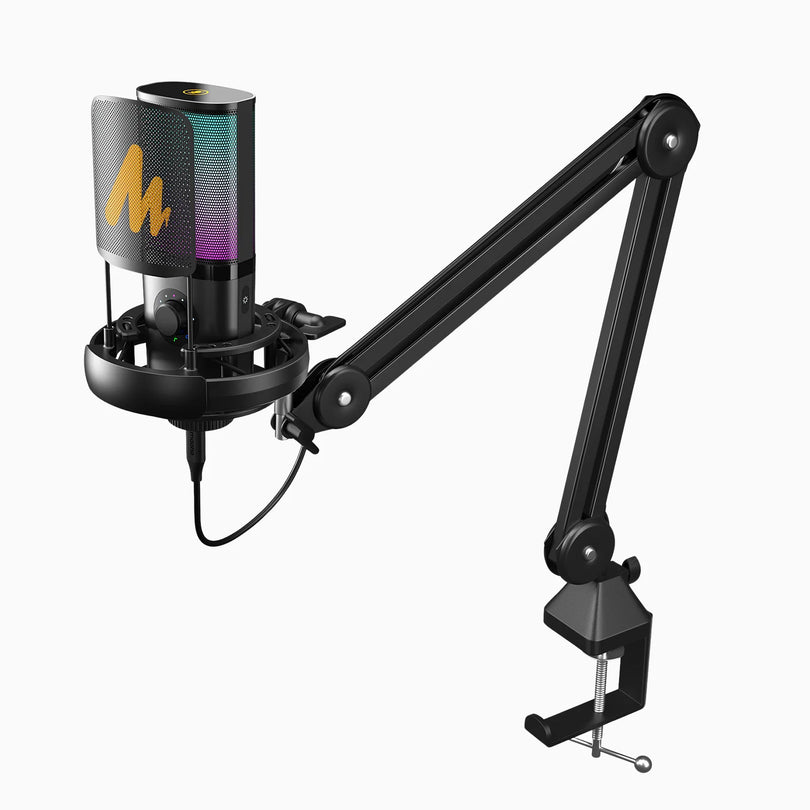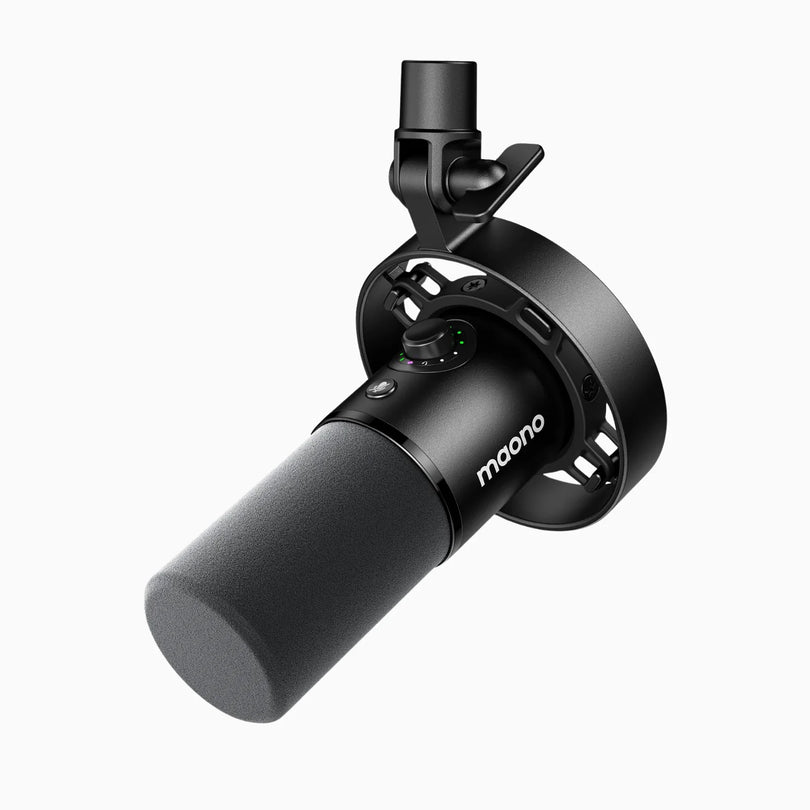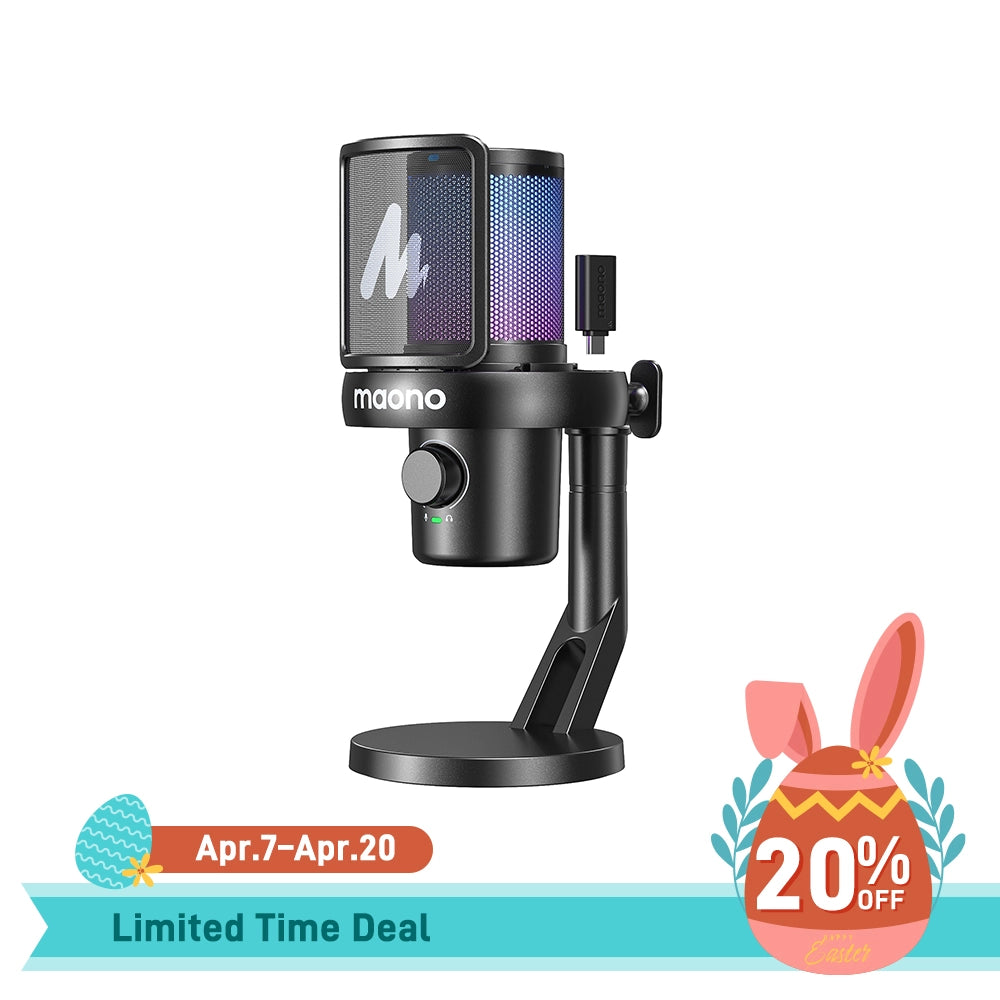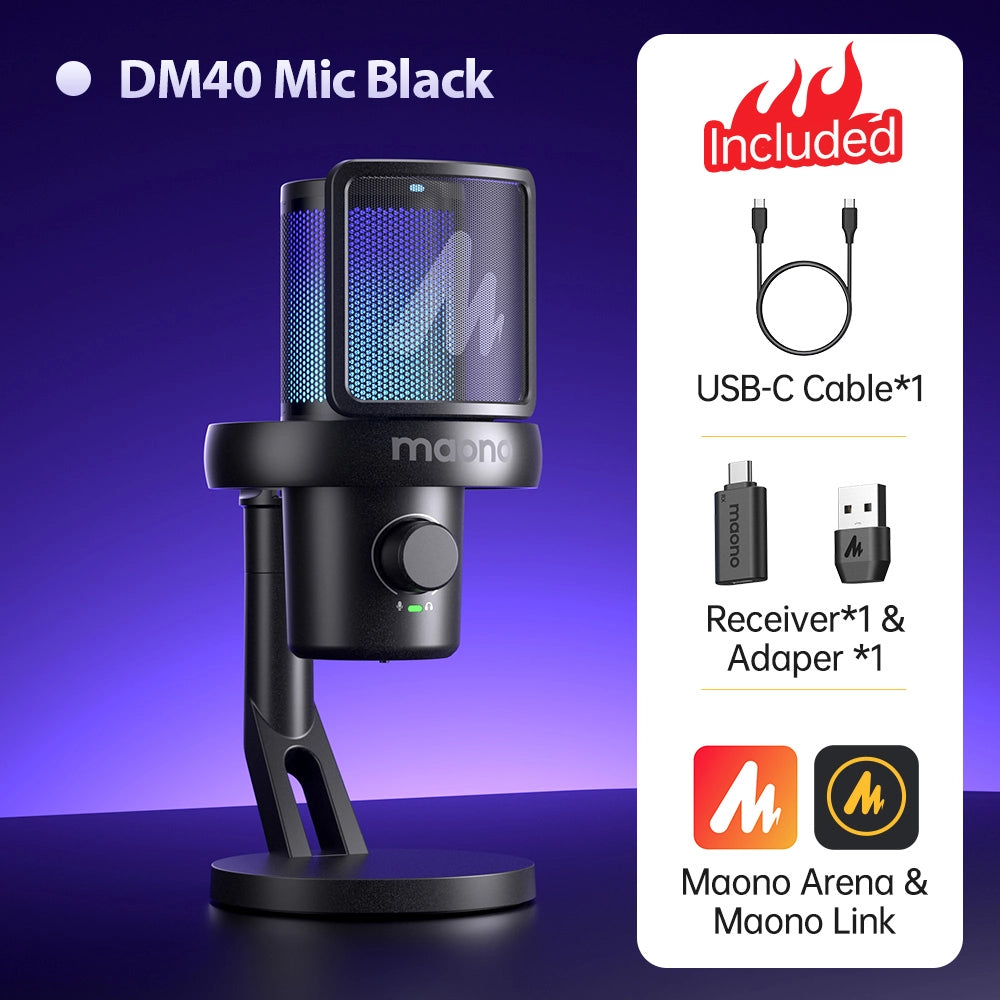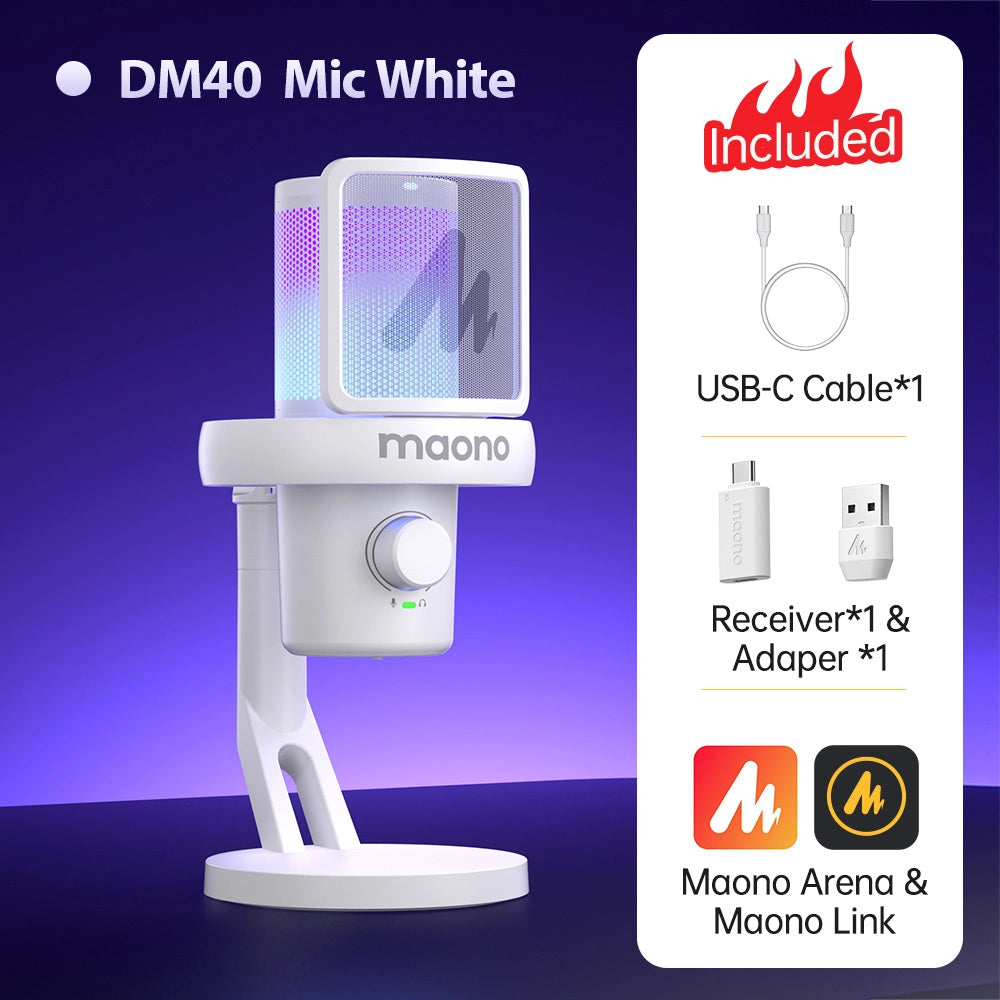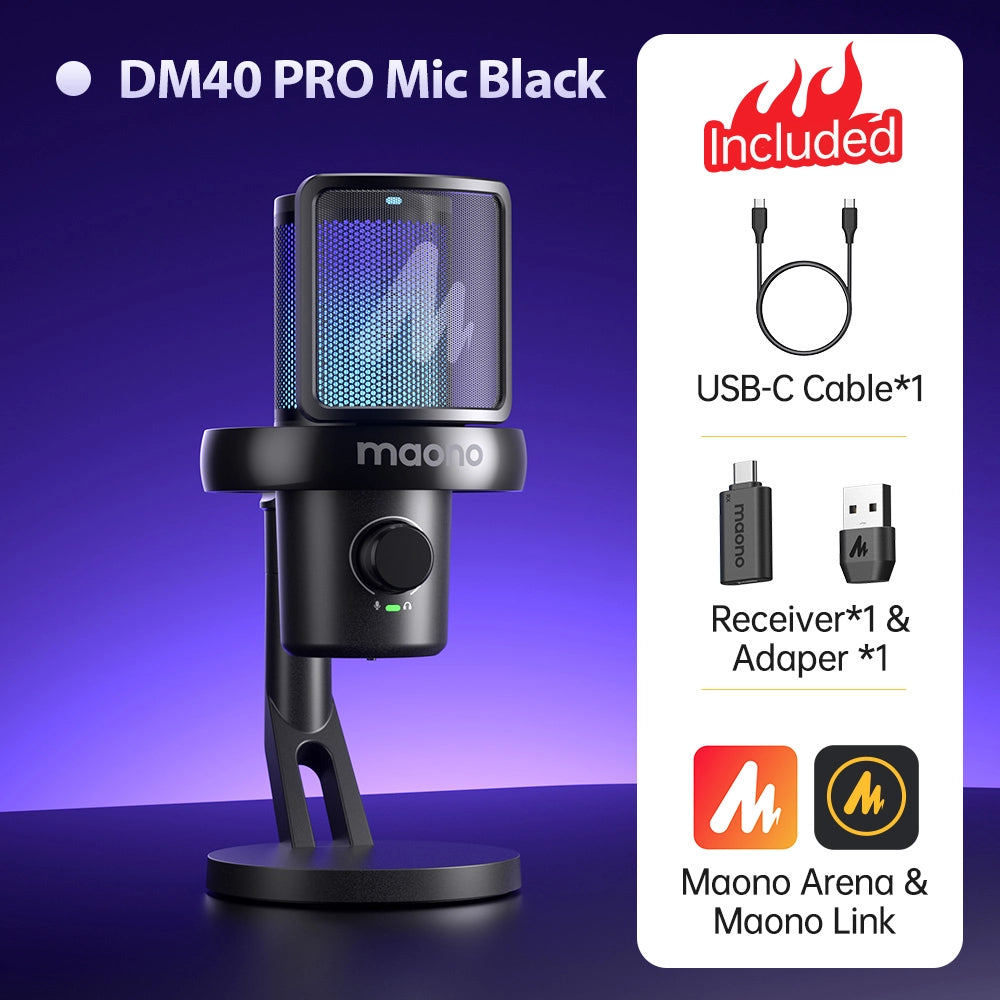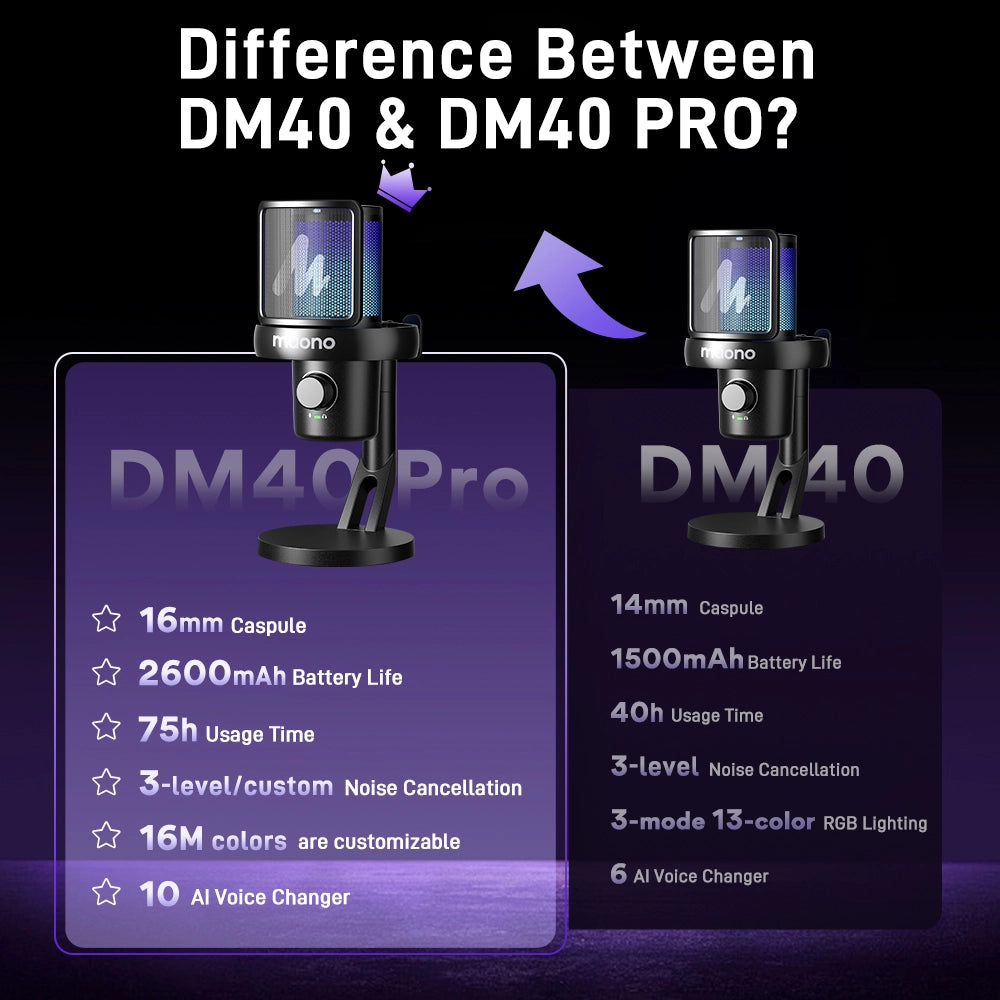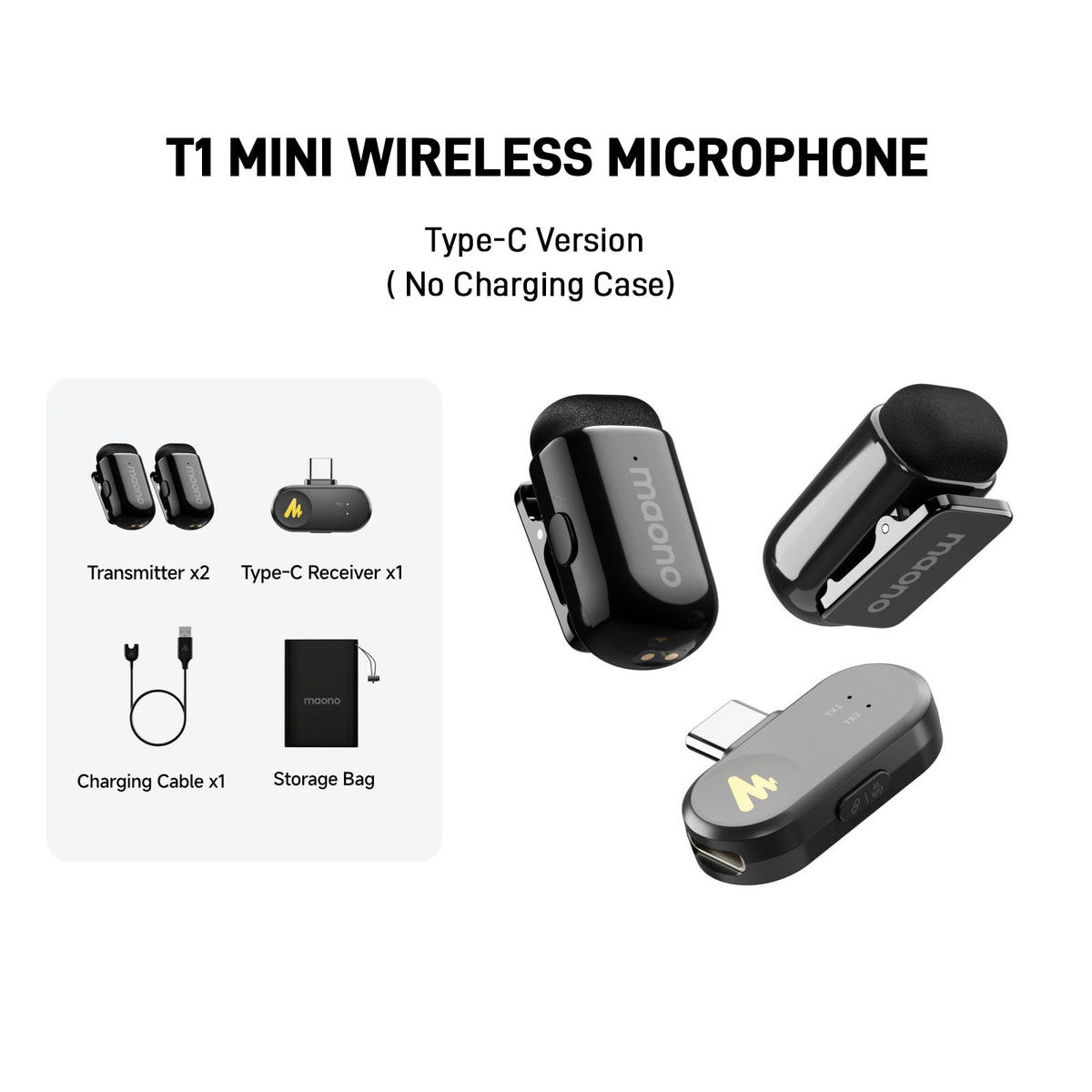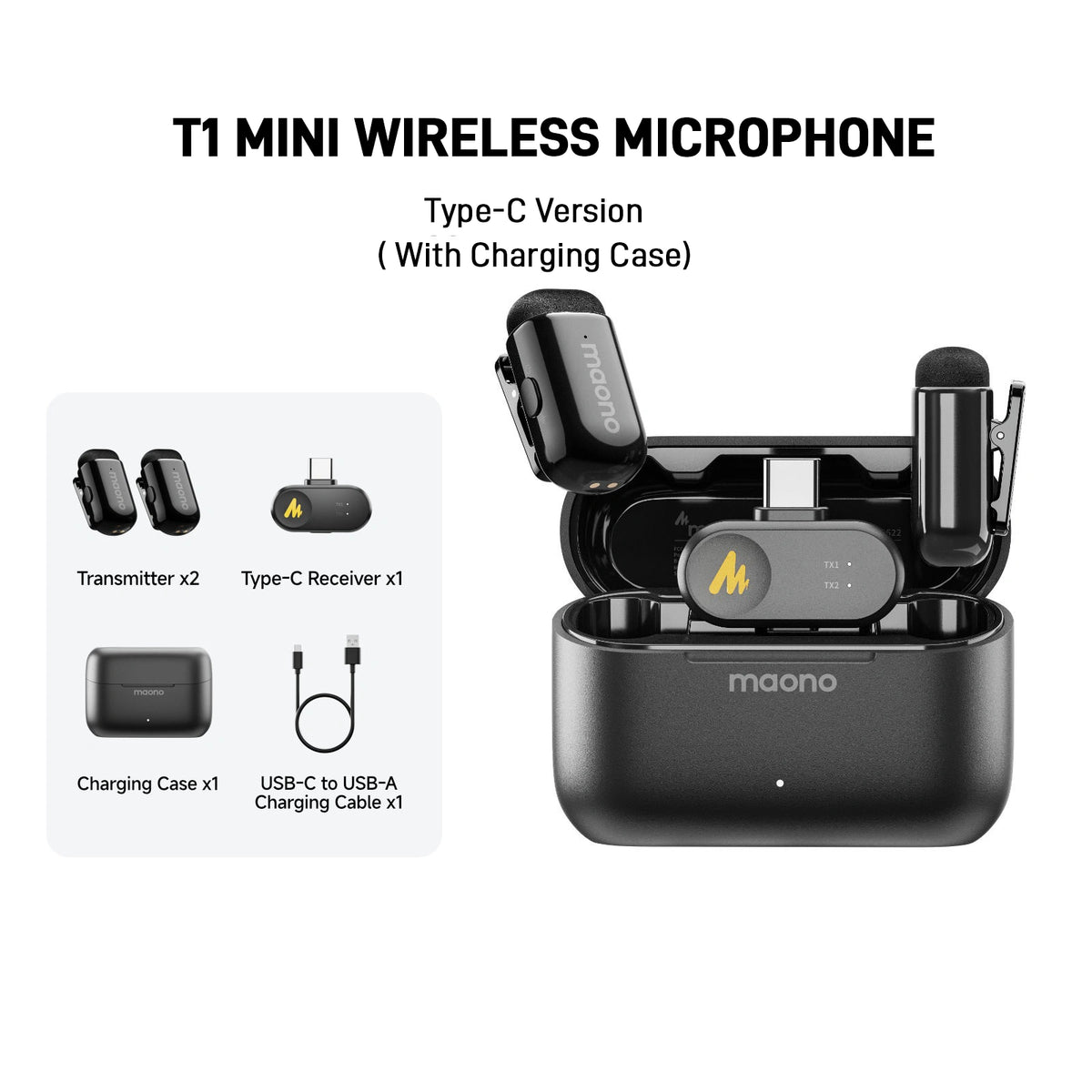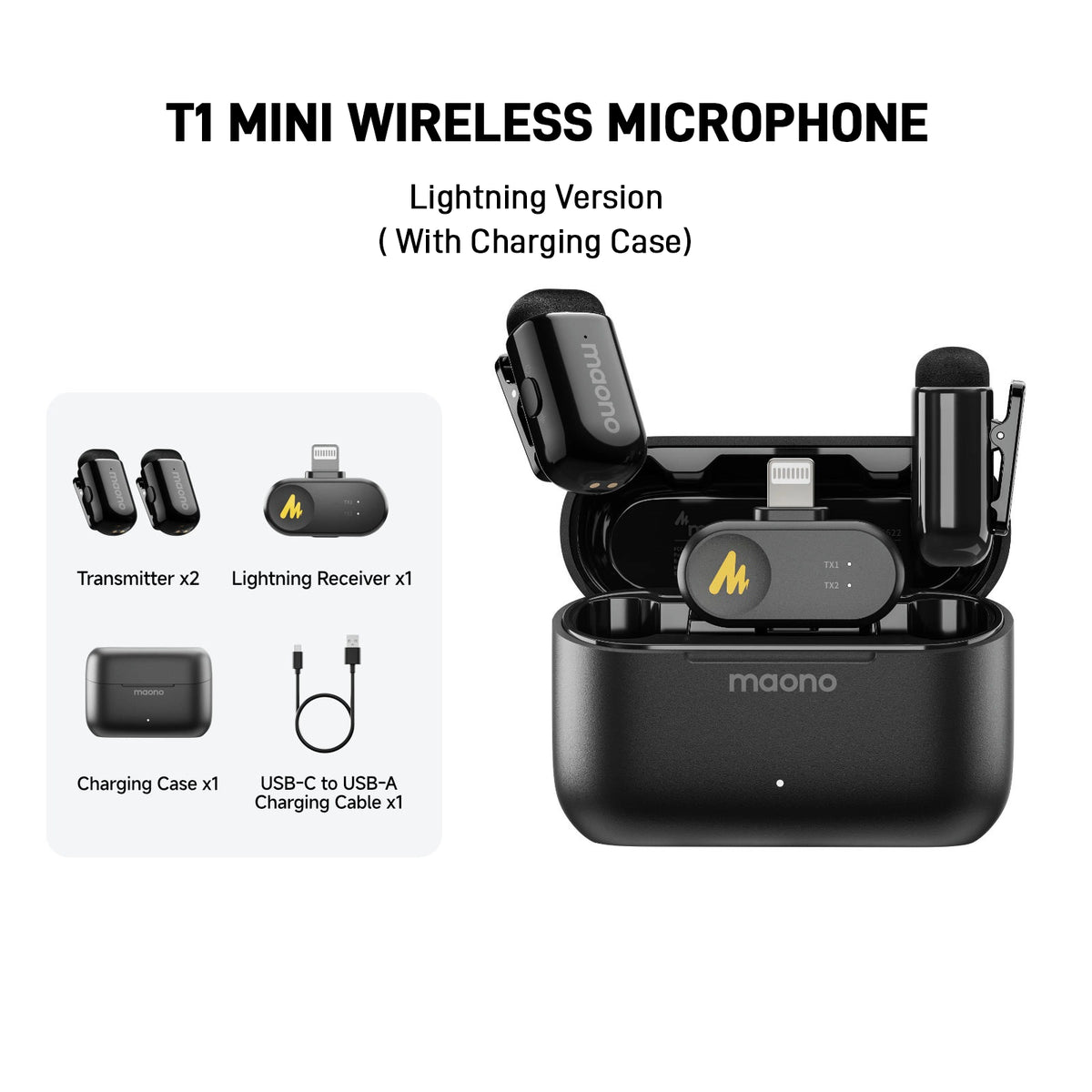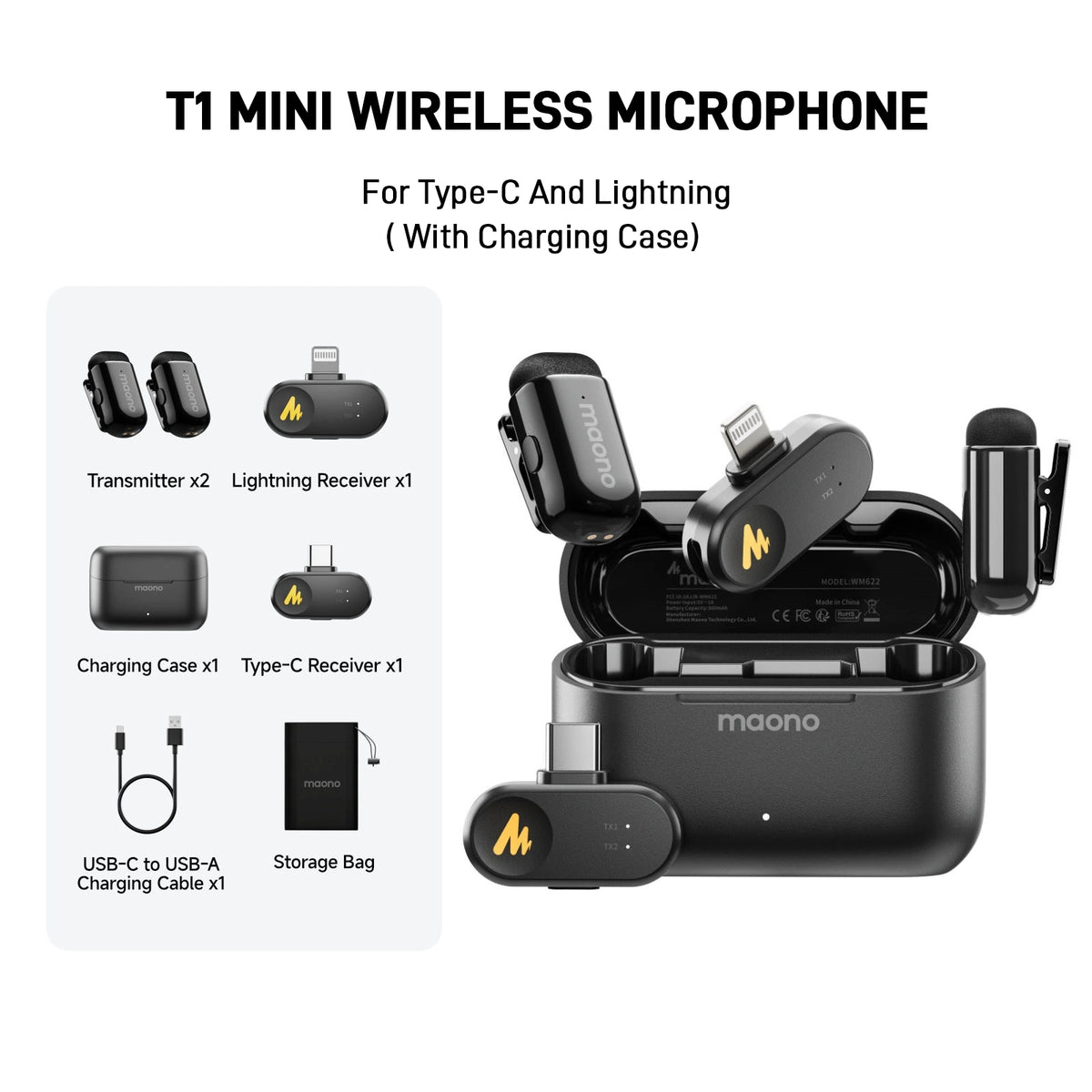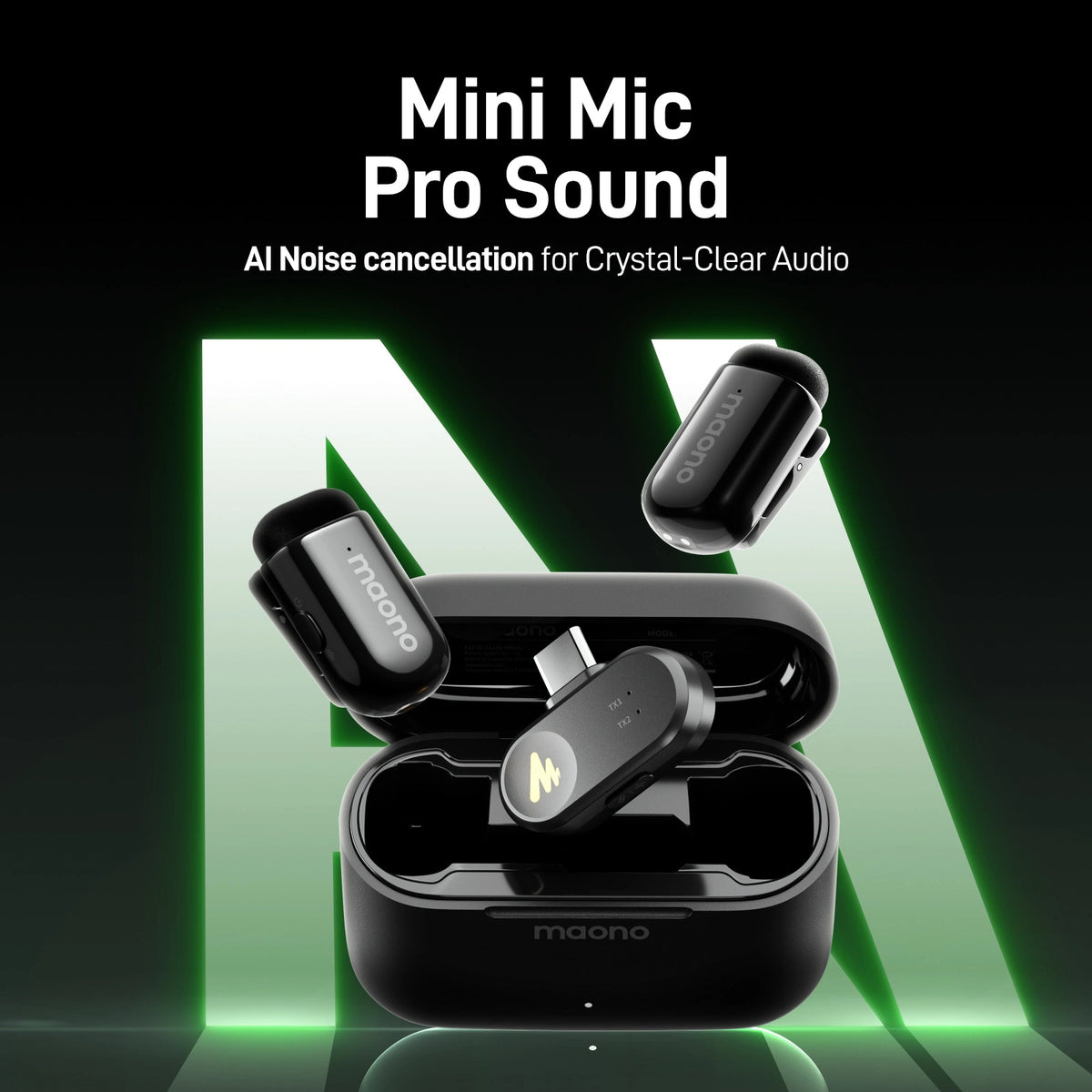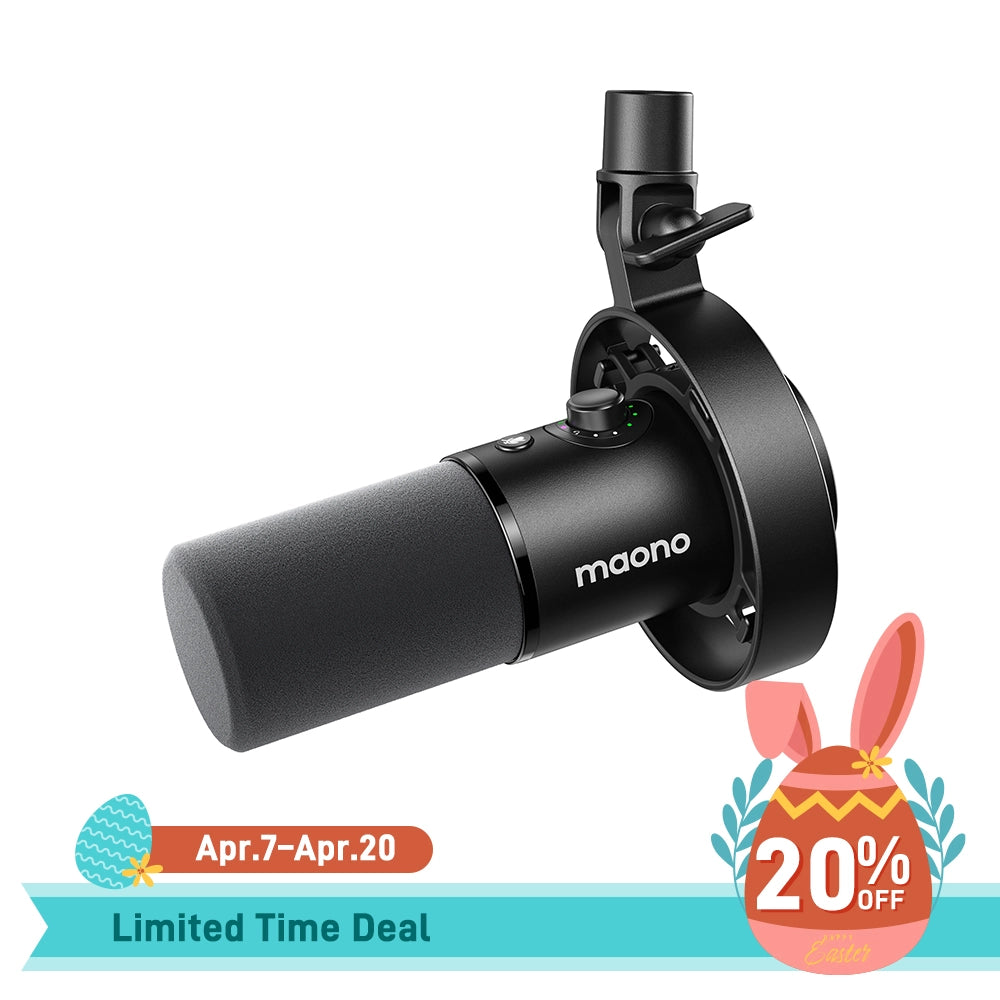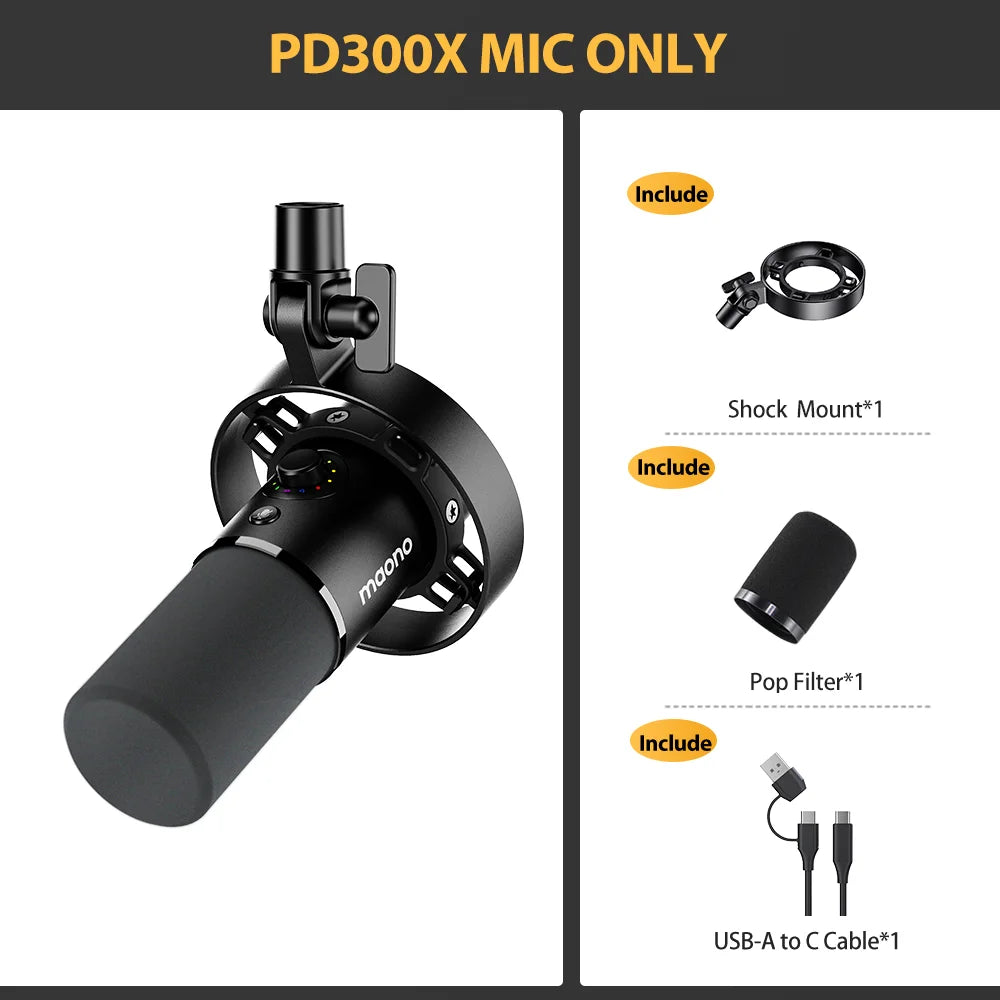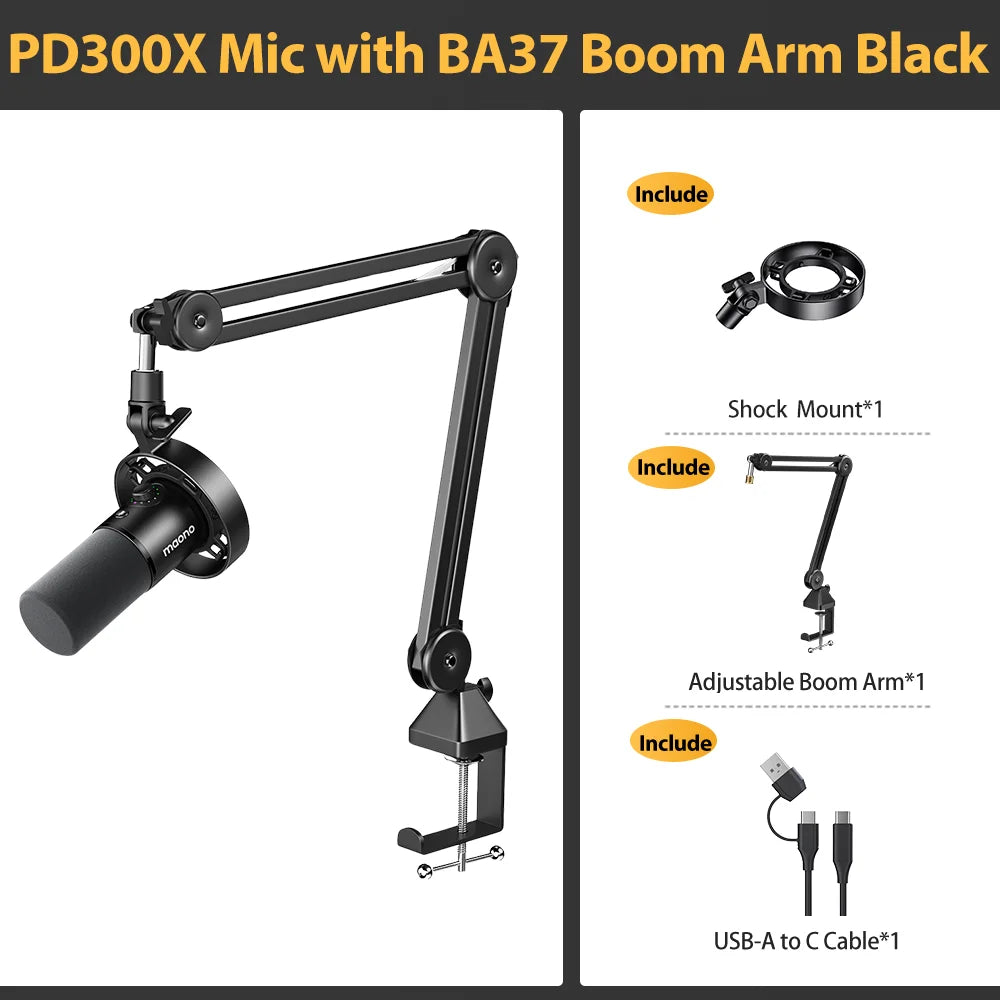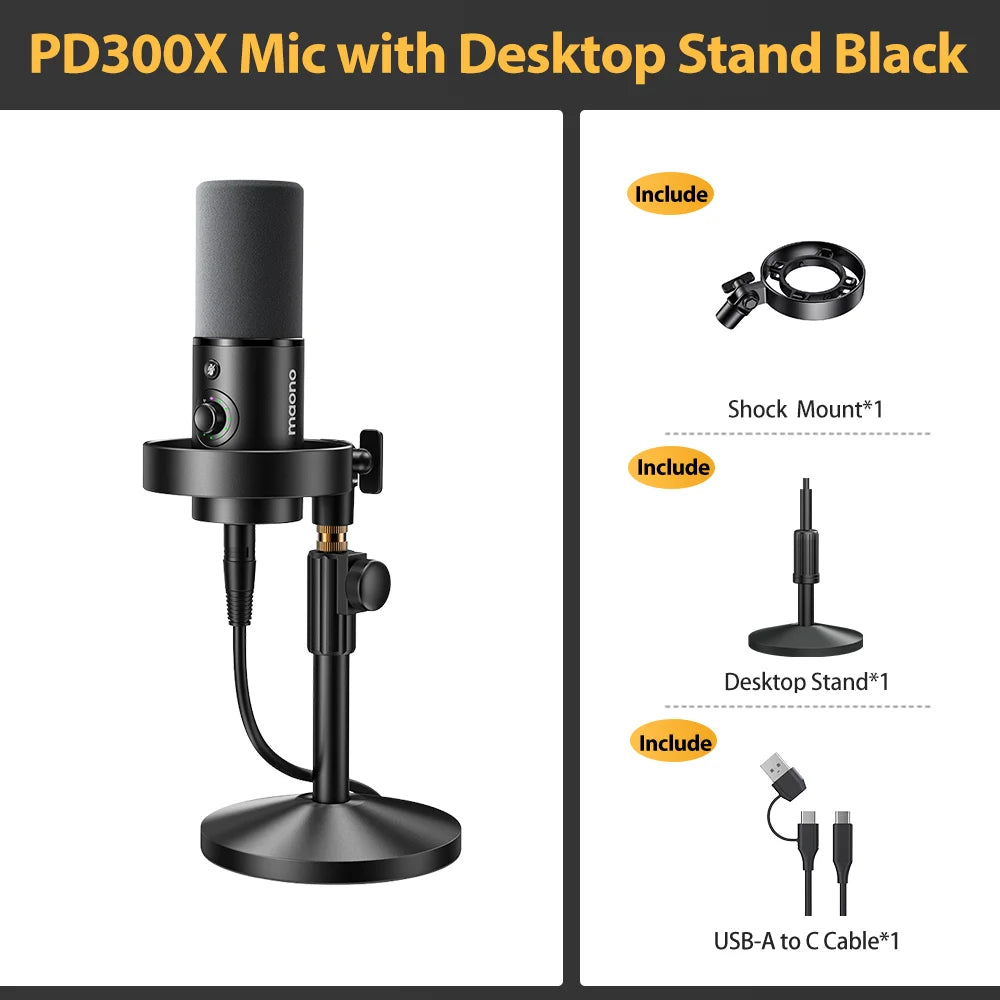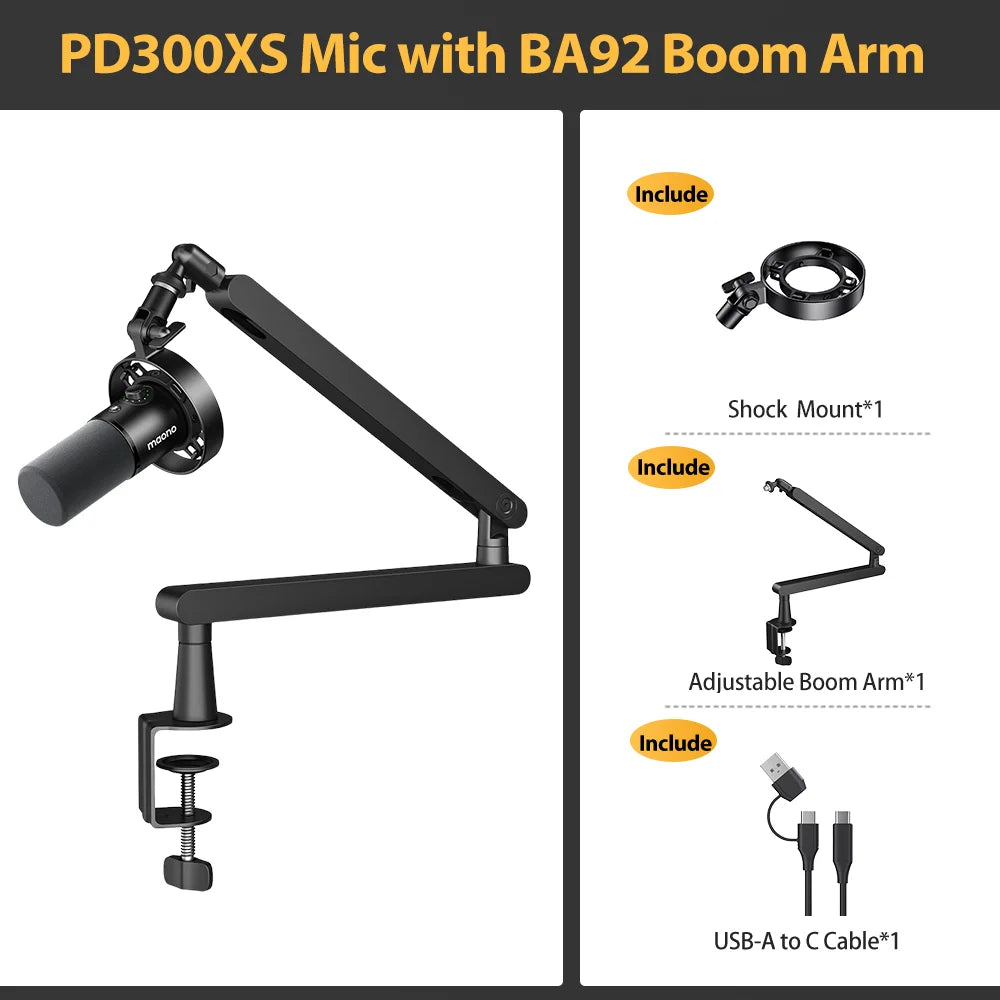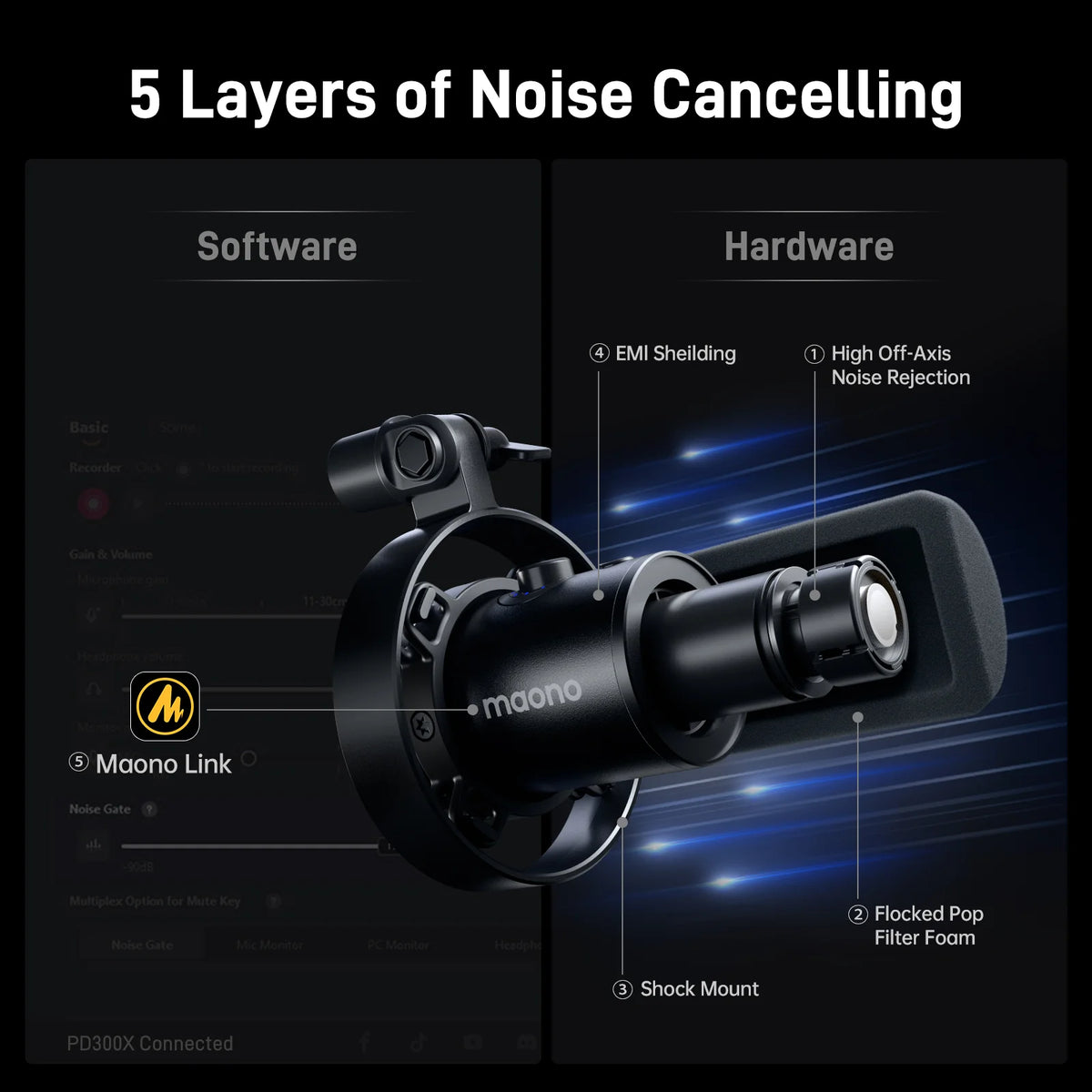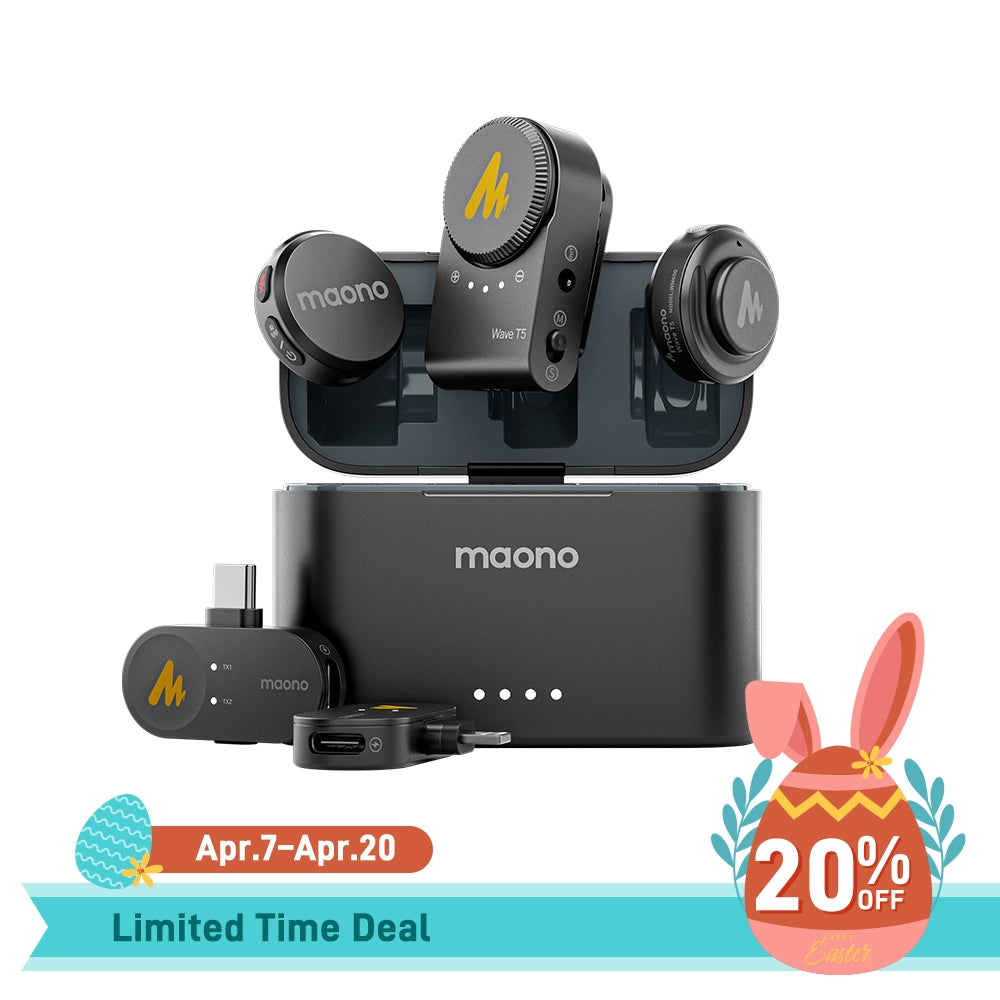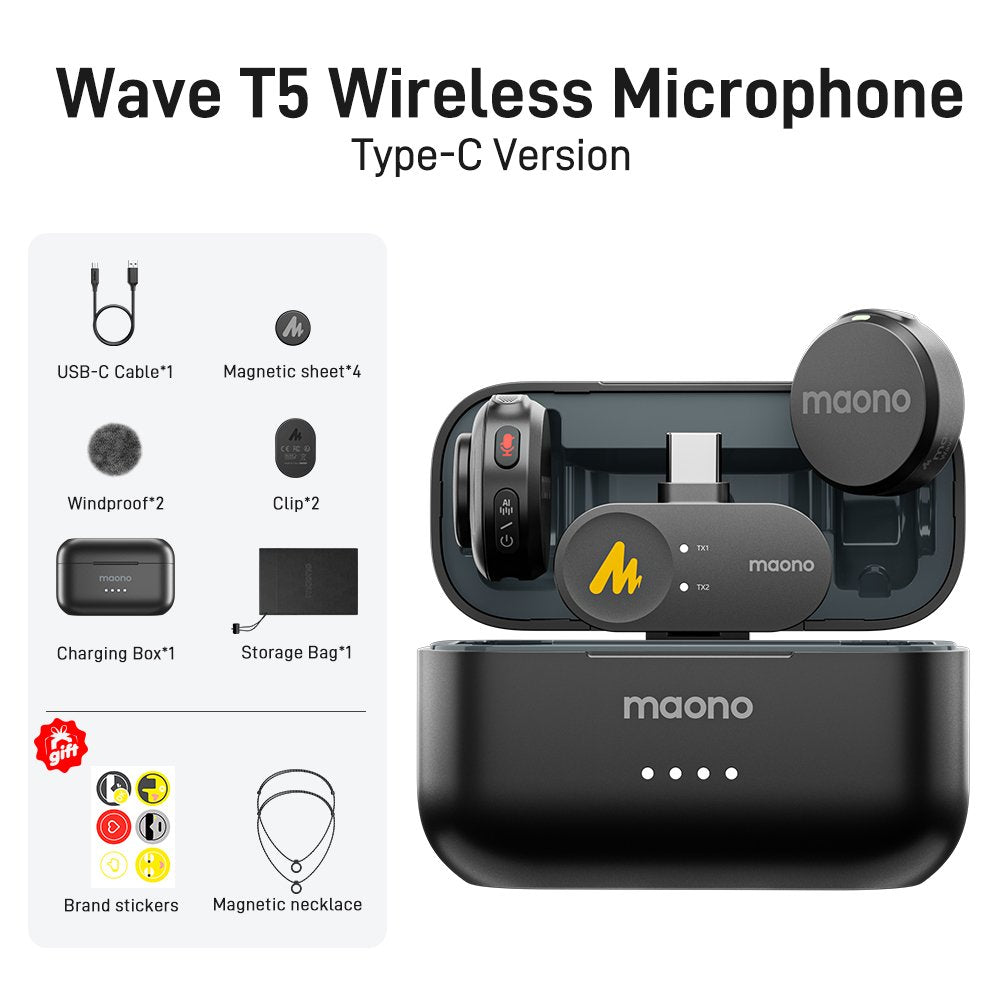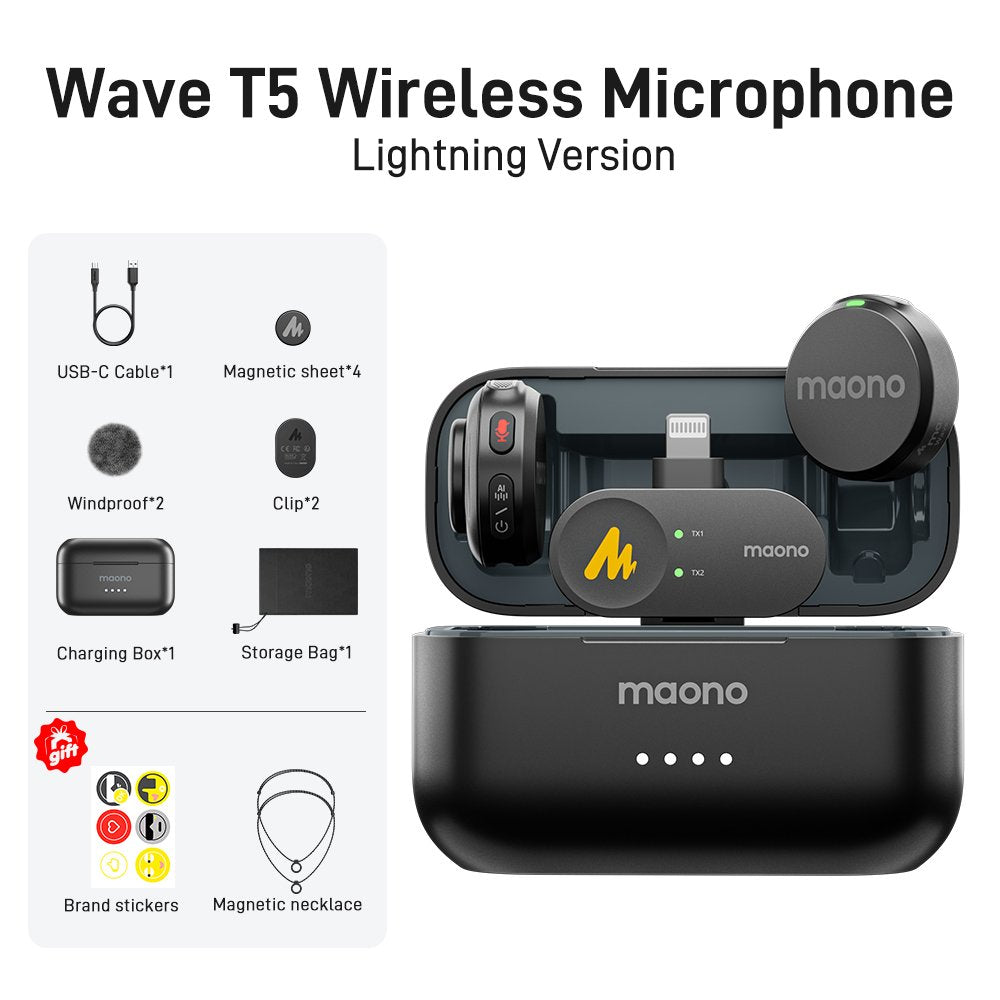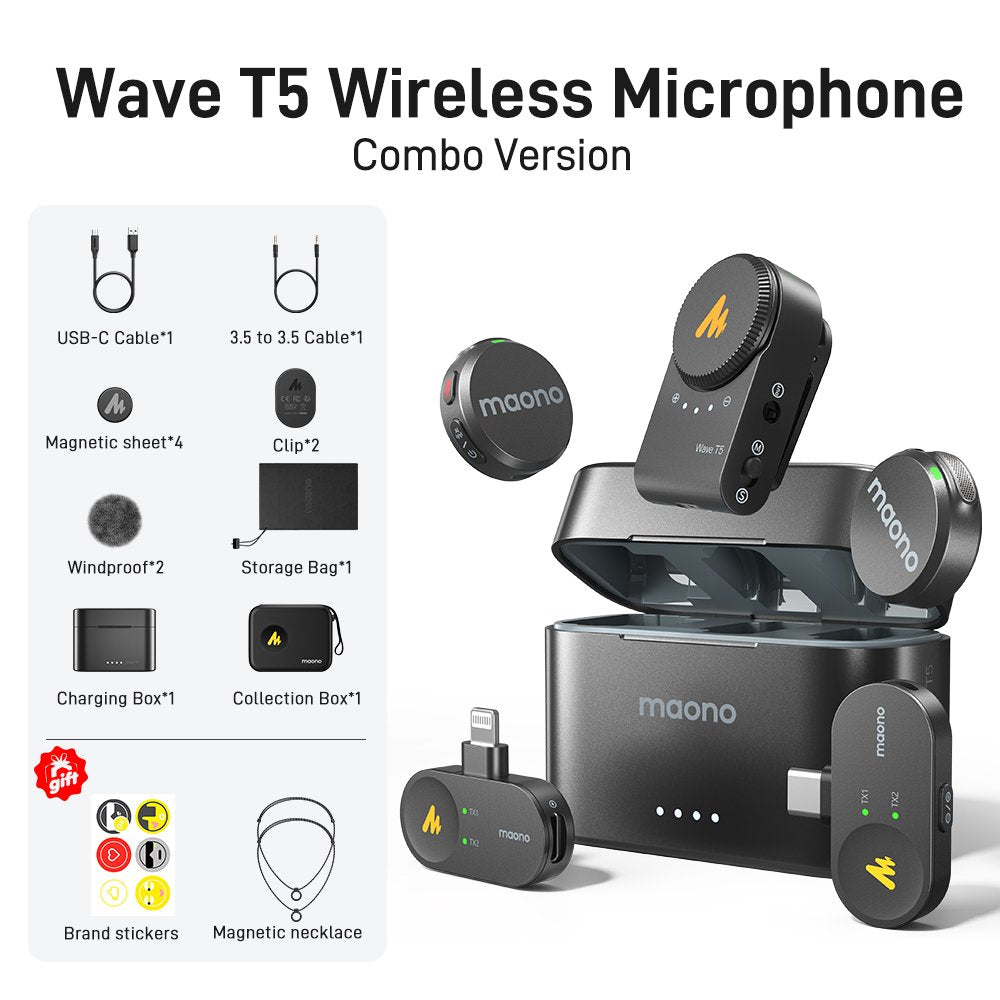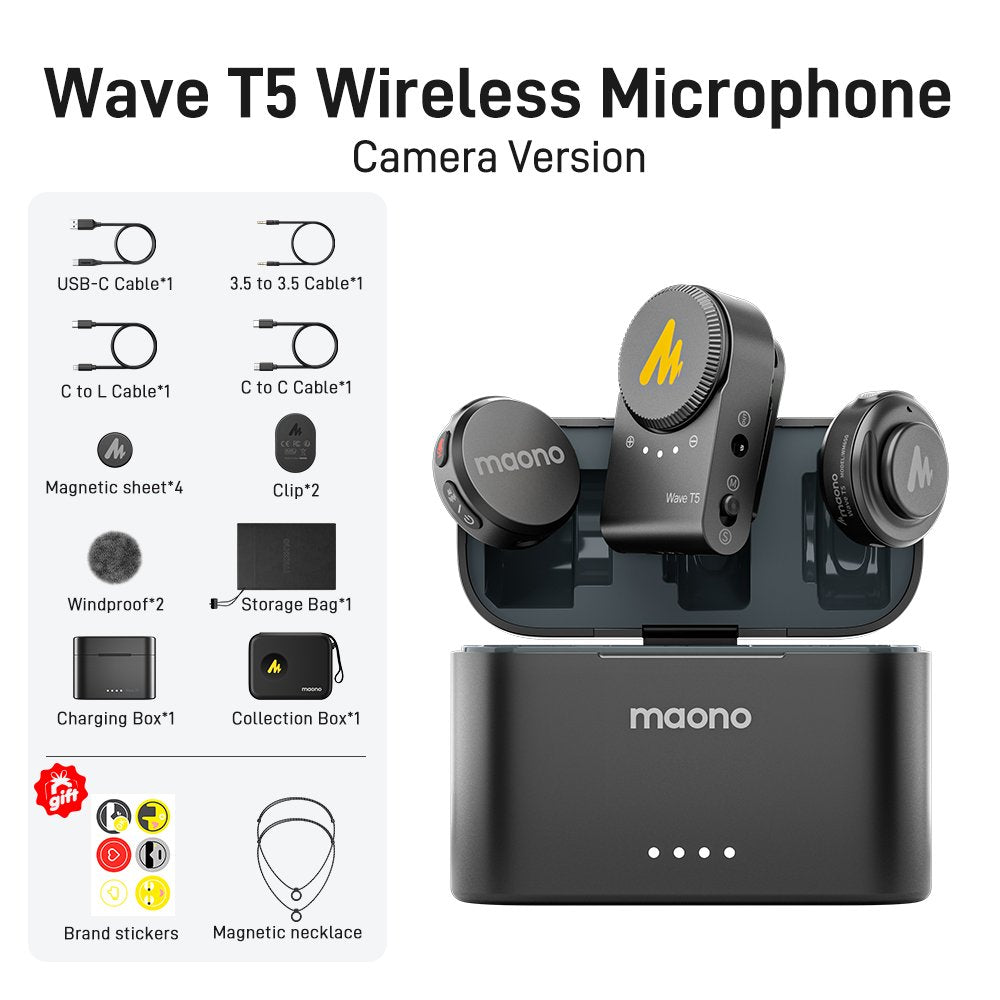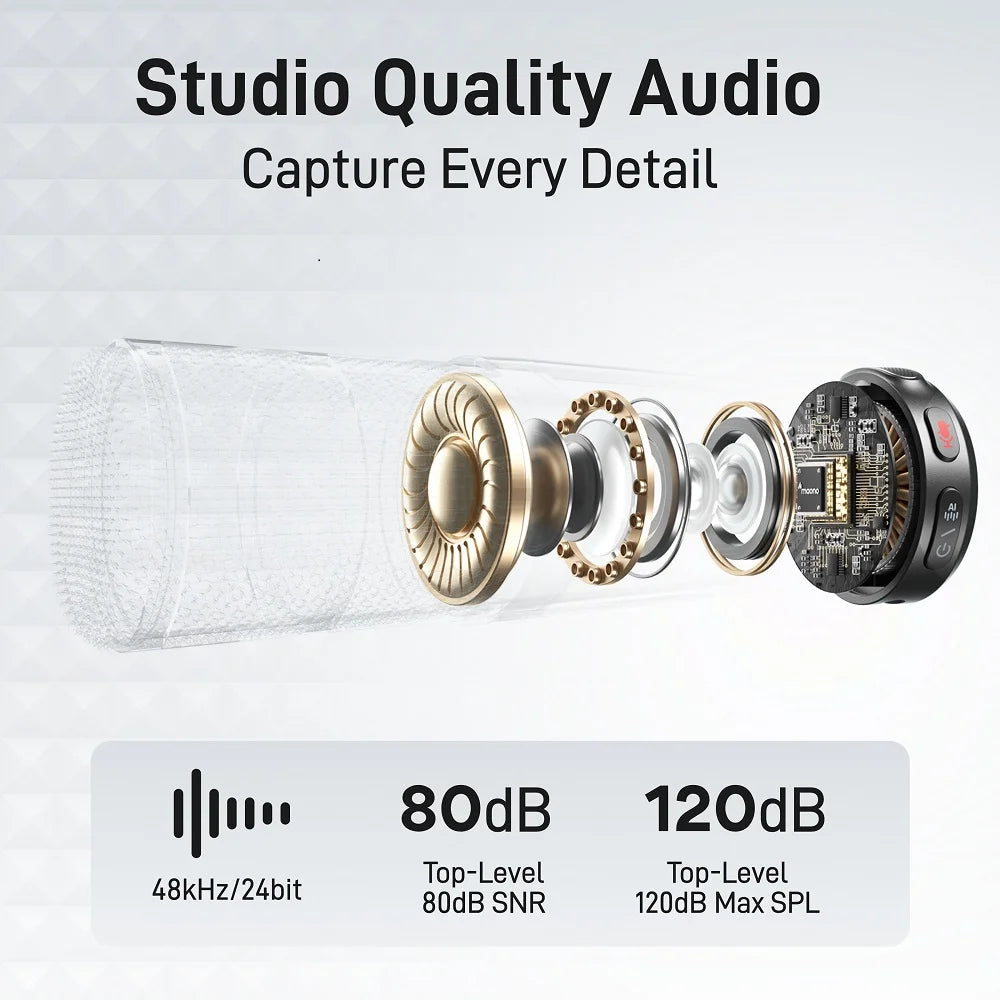In the world of audio recording and production, the audio interface is an essential component that often gets overshadowed by more glamorous gear like microphones and studio monitors. But what is an audio interface, and why is it so essential? Understanding its functions and how it integrates into your setup is crucial for achieving high-quality recordings and mixes. In this article, we will demystify audio interfaces, explore their functions, and guide choosing the best options, especially if you’re on a budget. We’ll also compare audio interfaces with sound cards and mixers and answer common questions about specific brands like Maono.
What is an audio interface?
An audio interface is an essential device for converting analog audio signals to digital, providing high-quality preamps, and ensuring low-latency monitoring. They are crucial for achieving professional audio quality in recordings and live streams.
What does an audio interface do?
An audio interface bridges your audio sources (such as microphones, instruments, and other audio gear) and your computer. It converts analog signals into digital data that your computer can process, and vice versa. This conversion is essential because computers can only handle digital data, while most audio equipment operates in the analog domain.
The primary functions of an audio interface include:
- Analog-to-Digital Conversion (ADC):
This process converts analog audio signals from microphones or instruments into digital data that your computer can use.
- Digital-to-Analog Conversion (DAC):
This process converts digital audio signals from your computer back into analog form so you can hear it through speakers or headphones.
- Pre-Amplification:
Many audio interfaces come with built-in preamps that boost the signal from microphones and instruments to a level suitable for recording.
- Monitoring:
Audio interfaces provide outputs for connecting headphones or studio monitors, allowing you to hear your recordings in real time with minimal latency.
What are audio interfaces for?
Audio interfaces are used in various settings, from professional recording studios to home studios and even for live performances. Their primary purposes include:
- Recording: Audio interfaces allow you to connect microphones, instruments, and other audio sources to your computer, enabling you to record high-quality audio.
- Playback: They provide outputs for connecting speakers and headphones, ensuring accurate monitoring of your recordings and mixes.
- Mixing: Audio interfaces often come with low-latency monitoring features, which help you mix and edit recordings in real time without noticeable delay.
- Interface Expansion: Many audio interfaces offer multiple inputs and outputs, allowing you to expand your recording setup and connect various audio devices simultaneously.
What are some of the cheapest but most reliable audio interfaces?
When looking for budget-friendly audio interfaces, it's essential to find a balance between affordability and reliability. Here are a few options that stand out:
- Focusrite Scarlett Solo: Known for its excellent sound quality and reliability, the Scarlett Solo offers a high-quality preamp and straightforward functionality at an affordable price.
- Behringer UMC22: This interface provides good sound quality and essential features at a very low price, making it an excellent choice for beginners.
- M-Audio M-Track Solo: With a simple design and decent performance, the M-Track Solo is a cost-effective option for those just starting with recording.
- MaonoCaster AME2:


What is the best audio interface for a home studio on a budget?
For a home studio on a budget, the Focusrite Scarlett 2i2 stands out as a top choice. It offers:
- Two high-quality preamps: Ideal for recording vocals and instruments simultaneously.
- Excellent build quality: Ensures durability and reliability.
- Low latency monitoring: Helps in achieving real-time sound without delays.
- Compatibility with popular DAWs: Works seamlessly with various digital audio workstations.
The Scarlett 2i2 provides a good balance of performance and affordability, making it a popular choice for home studio setups. Alternatively, Maono audio interfaces like the AME2 and G1 Neo are the best choices if we're looking for budget-friendly options.
What is the difference between a sound card, audio interface, and mixer?
Understanding the differences between these components can help you make informed decisions about your audio setup:
- Sound Card: Primarily used for enhancing the audio capabilities of your computer, sound cards are built into most PCs and handle basic audio tasks. They are not typically used for professional recording and lack the advanced features found in audio interfaces.
- Audio Interface: Designed specifically for recording and processing audio, audio interfaces provide high-quality analog-to-digital and digital-to-analog conversion. They offer multiple inputs and outputs, built-in preamps, and low-latency monitoring, making them ideal for professional and home recording.
- Mixer: A mixer is used to combine and control multiple audio signals. While mixers are essential for live sound and complex recording setups, they typically do not include the high-quality ADC/DAC conversion found in audio interfaces. Many mixers also include built-in audio interfaces, allowing you to record multiple channels simultaneously.
Similarities Between an Audio Interface and an Audio Mixer
- Audio Signal Management: Both devices handle audio signals, either from microphones, instruments, or other sources, and are crucial in audio recording and production setups.
- Connectivity: Both an audio interface and an audio mixer provide various inputs and outputs, allowing you to connect multiple audio sources and route signals to different destinations.
- Signal Processing: Each device can process audio signals, though they do so in different ways and with varying degrees of control and functionality.
Differences Between an Audio Interface and an Audio Mixer
- Primary Function:
- Audio Interface: Converts analog audio signals into digital data for your computer and vice versa. It focuses on high-quality analog-to-digital and digital-to-analog conversion, providing clear and accurate audio capture and playback.
- Audio Mixer: Combines and controls multiple audio signals, offering mixing capabilities such as adjusting volume levels, equalization (EQ), and effects for each input. Its main purpose is to blend and shape the sound of multiple sources.
- Signal Conversion:
- Audio Interface: Specialized in analog-to-digital (ADC) and digital-to-analog (DAC) conversion. This conversion is essential for integrating audio signals with digital audio workstations (DAWs) or streaming software.
- Audio Mixer: Primarily focuses on mixing and processing audio signals rather than converting them. Some mixers include built-in ADC/DAC capabilities but are not as specialized in conversion quality as dedicated audio interfaces.
- Control and Functionality:
- Audio Interface: Provides basic control over input gain, and monitoring levels, and sometimes includes preamps and phantom power. Its primary focus is on recording quality and signal integrity.
- Audio Mixer: Offers extensive control over individual audio channels, including volume faders, EQ, panning, and built-in effects. It’s designed to manage and blend multiple audio sources in real time.
- Use Case:
- Audio Interface: Ideal for recording high-quality audio into a computer, often used in home studios and professional recording environments where the primary need is to convert and capture audio accurately.
- Audio Mixer: Best suited for live sound environments, radio stations, and studios where multiple audio sources need to be managed simultaneously. It’s used to mix live audio and create a balanced sound for live performances or broadcasts.
- Complexity and Setup:
- Audio Interface: Typically simpler to set up and use, with a focus on direct audio conversion and minimal processing.
- Audio Mixer: This can be more complex due to its range of controls and features, often requiring more setup and adjustments to manage multiple audio sources effectively.
FAQs about Maono audio interfaces:
1. What connections and inputs are available on Maono audio interfaces?
Maono audio interfaces typically offer a range of connections and inputs, including:
- XLR Inputs: For connecting microphones.
- 1/4" TRS Inputs: For instruments or line-level sources.
- USB Connectivity: For connecting to a computer.
- Headphone Output: For monitoring audio in real-time.
- Line Outputs: For connecting to studio monitors.
2. How do Maono audio interfaces handle latency and sound quality?
Maono audio interfaces are designed to minimize latency and deliver high sound quality. They use efficient drivers and high-quality ADC/DAC components to ensure low-latency monitoring and accurate audio reproduction. This means you can record and monitor your audio with minimal delay, which is crucial for professional recording and mixing.
3. What software is compatible with Maono audio interfaces for recording and mixing?
Maono audio interfaces are generally compatible with a wide range of recording and mixing software, including:
- DAWs (Digital Audio Workstations): Such as Ableton Live, FL Studio, Logic Pro, and Pro Tools.
- Recording Software: Like Audacity and Reaper.
- Mixing Software: Including Cubase and Studio One.
These interfaces typically come with their software or drivers to ensure seamless integration with these programs.

Conclusion
Understanding what an audio interface does and how it fits into your recording setup is crucial for achieving high-quality audio recordings. From converting analog signals to digital data to providing low-latency monitoring, an audio interface plays a vital role in the recording process. By choosing the right audio interface based on your needs and budget, you can enhance your recordings and take your home studio to the next level. Whether you opt for budget-friendly models or more advanced options, investing in a reliable audio interface is key to mastering the art of vocal recording and achieving professional results.


